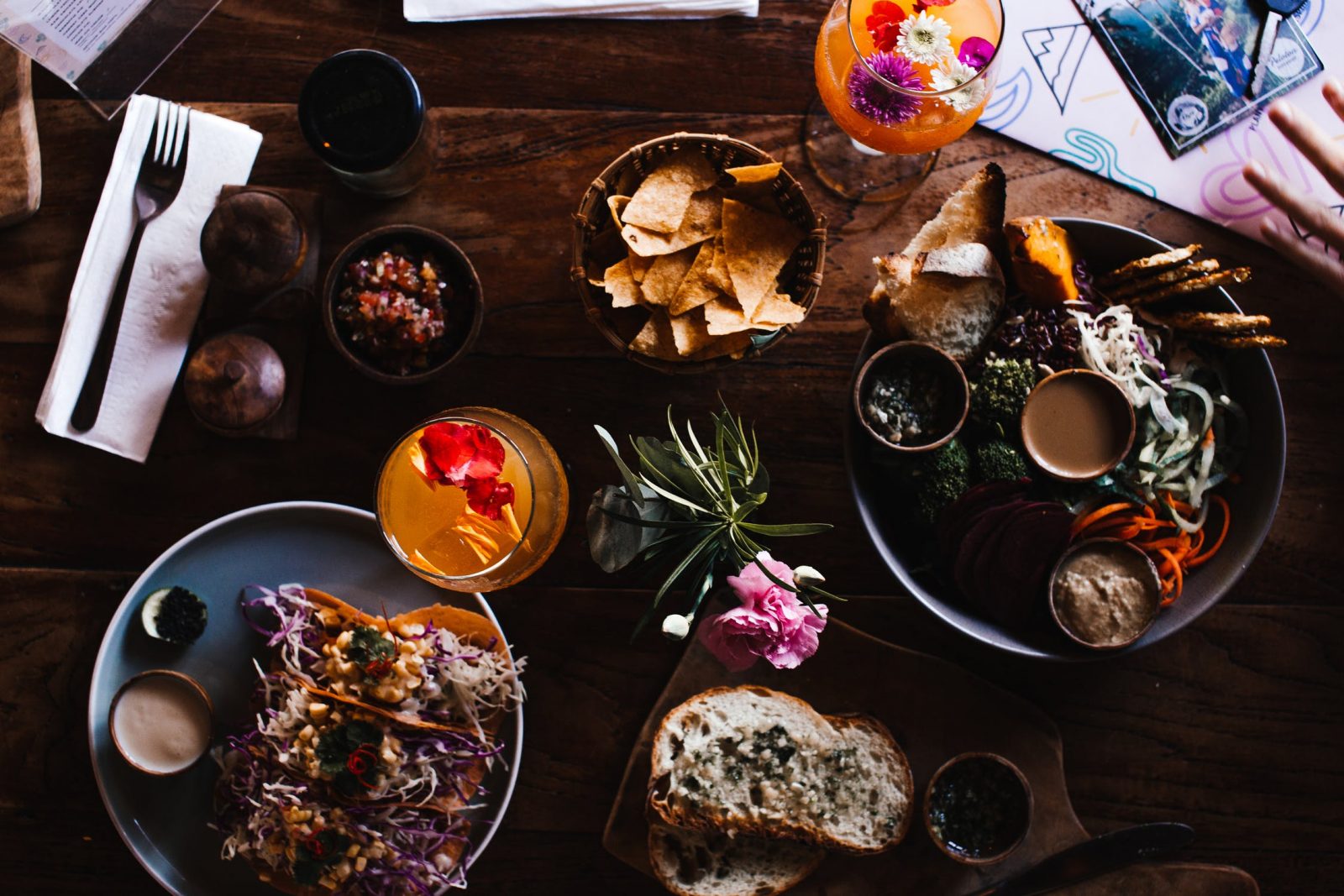
The most common dishes throughout the continent are:
- Fajitas – grilled meat with vegetables wrapped in a tortilla
- Burrito – a tortilla with minced meat mixed with vegetables. The tortilla wraps the contents
- Quesadilla – differs from burrito in that the tortilla is not wrapped around the filling, but simply folded in half and cut into three pieces, often cheese is present in the dish
- Tacos – just a filling of different kinds of meat, seafood, on an open corn tortilla
- Enchiladas – the difference from burritos is that this dish is additionally pan-fried
- Nachos – tortilla chips, usually served with different sauces
- Guacamole – mashed avocado with tomato, cilantro, lime juice, and other spices and additives
- Gazpacho – cold tomato soup.
- Saltado – stew of vegetables
- Chile con carne – chopped meat in chili sauce with beans, onions, garlic, tomatoes, and spices.
Because of the addiction of Latin Americans to spicy foods, few restaurants and cafes dare to include in their menus the traditional dishes of this cuisine, such as chili con carne, fajitas, burritos. You’re more likely to find them at fast-food stands.
And in vain, because the same Mexican cuisine is included in the list of cultural heritage of UNESCO.

Peru, Mexico, Argentina, Cuba, Brazil, national cuisine of these countries is very similar, but, of course, not without differences: Cubans, for example, recognize only chicken and pork meat – beef and mutton are not in honor. At the same time, Argentina adores beef – fried, stewed, made of it meatloaf and generally considered a national product. There are many countries in South America, where rice is loved, and where it is used minimally.







